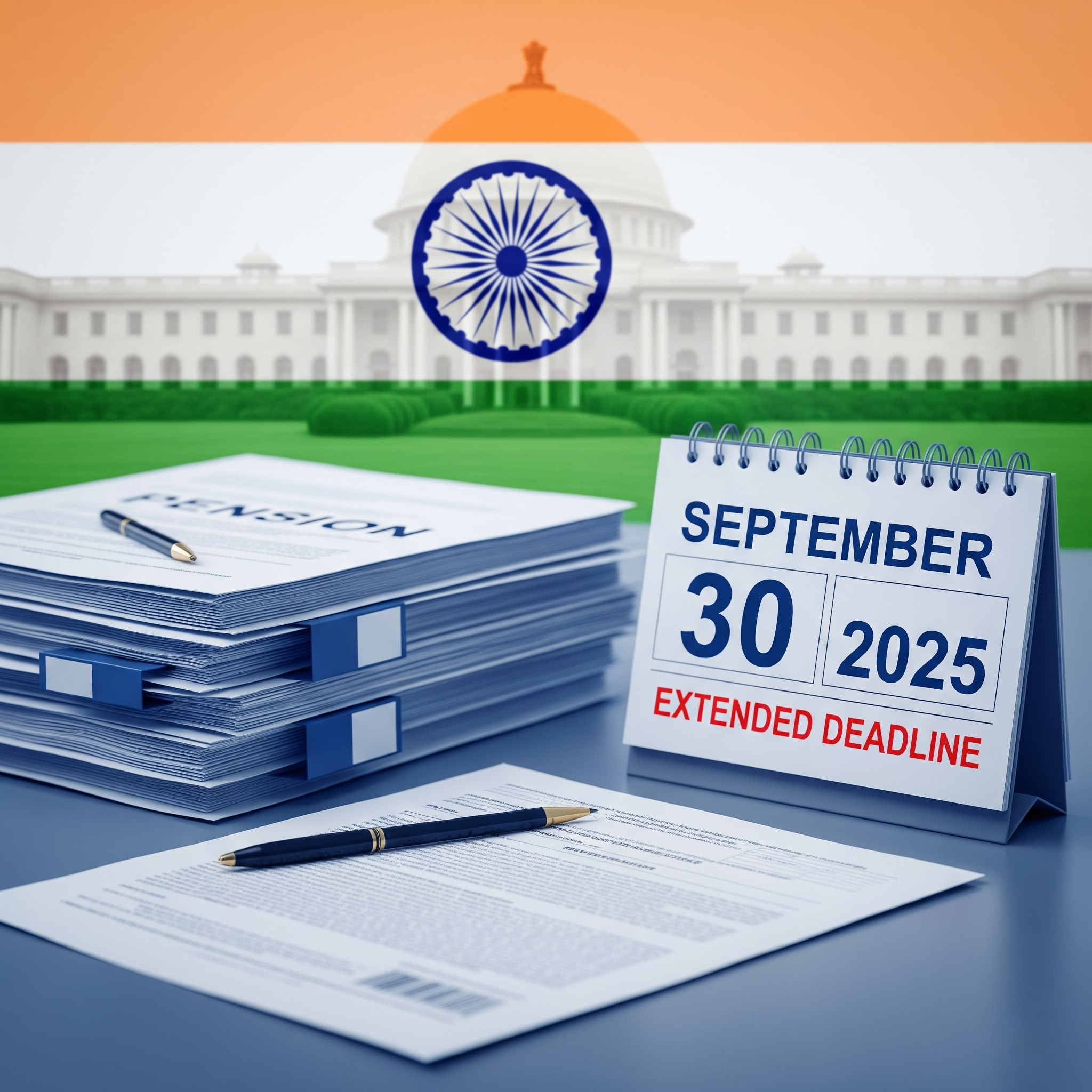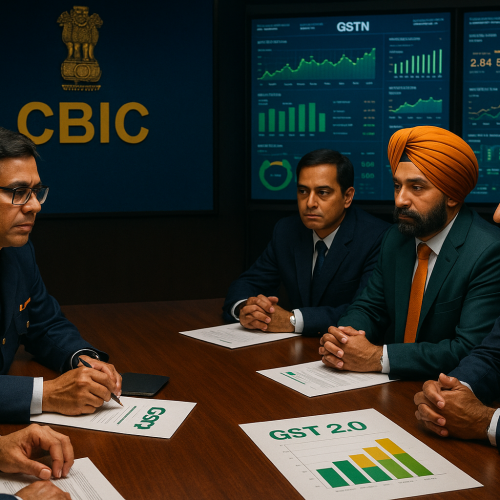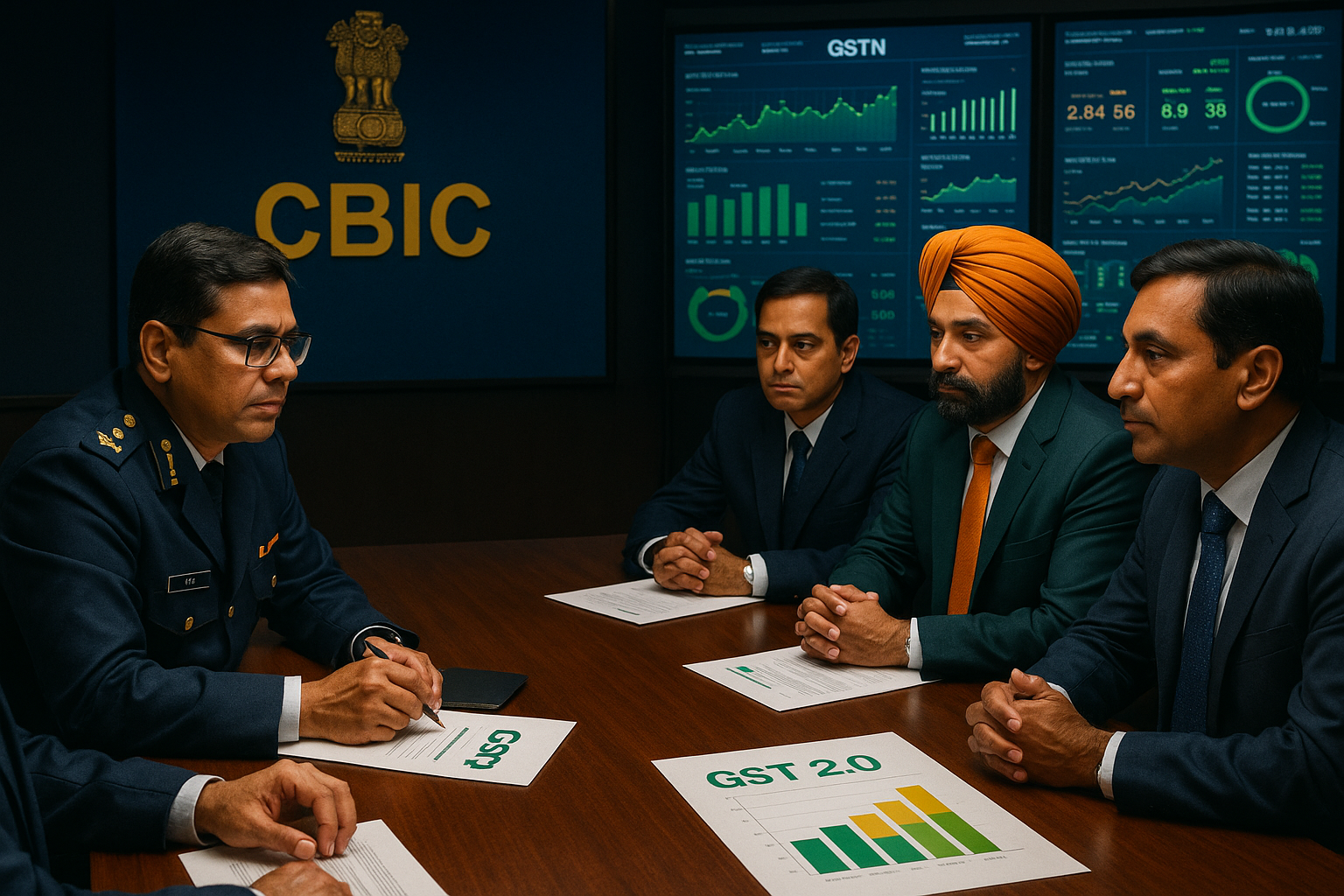In a significant move to accommodate the needs of government employees, the Finance Ministry of India announced on June 23, 2025, an extension of the deadline for exercising options under the Unified Pension Scheme (UPS) by three months, from June 30, 2025, to September 30, 2025. This decision responds to widespread requests from stakeholders, including serving employees, retirees, and spouses of deceased retirees, who sought additional time to evaluate their pension options under the National Pension System (NPS). The extension underscores the government’s commitment to ensuring a smooth transition for the 23 lakh eligible Central government employees navigating this critical financial decision.
The UPS, approved by the Union Cabinet on August 24, 2024, under the leadership of Prime Minister Narendra Modi, offers Central government employees enrolled in the NPS an alternative to the market-linked pension framework introduced on January 1, 2004. The NPS replaced the Old Pension Scheme (OPS), which guaranteed a fixed pension of 50% of an employee’s last drawn basic pay. Unlike the non-contributory OPS, the UPS requires employees to contribute 10% of their basic salary and dearness allowance, with the Central government contributing 18.5%. The pension payout under UPS depends on market returns, as the contributions are primarily invested in government securities.
The initial deadline for opting into the UPS was set for June 30, 2025, giving eligible employees, retirees, and spouses of deceased retirees three months to decide. However, representations from employee unions, pensioner associations, and other stakeholders highlighted challenges in understanding the scheme’s implications, prompting the Finance Ministry to extend the deadline. A ministry spokesperson stated, “The extension to September 30, 2025, reflects our commitment to addressing stakeholder concerns and ensuring informed decision-making.”
Impact on Stakeholders
The UPS, approved by the Union Cabinet on August 24, 2024, under the leadership of Prime Minister Narendra Modi, offers Central government employees enrolled in the NPS an alternative to the market-linked pension framework introduced on January 1, 2004. The NPS replaced the Old Pension Scheme (OPS), which guaranteed a fixed pension of 50% of an employee’s last drawn basic pay. Unlike the non-contributory OPS, the UPS requires employees to contribute 10% of their basic salary and dearness allowance, with the Central government contributing 18.5%. The pension payout under UPS depends on market returns, as the contributions are primarily invested in government securities.
The initial deadline for opting into the UPS was set for June 30, 2025, giving eligible employees, retirees, and spouses of deceased retirees three months to decide. However, representations from employee unions, pensioner associations, and other stakeholders highlighted challenges in understanding the scheme’s implications, prompting the Finance Ministry to extend the deadline. A ministry spokesperson stated, “The extension to September 30, 2025, reflects our commitment to addressing stakeholder concerns and ensuring informed decision-making.”
Industry and Expert Insights
Industry leaders and financial experts have welcomed the extension, emphasizing its importance in fostering informed choices. Dr. Deepak Mohanty, former Chairman of PFRDA, commented, “The additional three months allow employees to consult financial planners and understand the long-term implications of UPS versus NPS. This is crucial for a workforce accustomed to the certainty of the OPS.”
Sanjay Kumar Singh, a financial analyst at Centrum Wealth Management, added, “The UPS is a hybrid model that blends the security of a defined benefit with the flexibility of a contributory system. The extension signals the government’s intent to prioritize employee welfare while maintaining fiscal discipline.”
However, some experts caution about the scheme’s reliance on market returns. Anupam Gupta, a noted financial commentator, remarked, “While the UPS offers a higher government contribution, employees must weigh the risks of market-linked investments. The extended deadline gives them time to analyze historical NPS returns, which have averaged 9-10% annually for government securities over the past decade.”
Historical Context and Policy Significance
The NPS was introduced in 2004 to reduce the government’s pension liability, which under the OPS had become unsustainable due to rising life expectancy and salary hikes. However, employee unions have long criticized the NPS for its market dependency, leading to the UPS as a compromise. The UPS’s approval in 2024 was a landmark decision, addressing demands from unions like the All India State Government Employees Federation, which had staged protests for the restoration of the OPS.
Data from the Finance Ministry indicates that the government’s pension expenditure for 2024-25 is projected at ₹2.4 lakh crore, with the UPS expected to streamline costs while enhancing benefits. The extension aligns with broader pension reforms, including the PFRDA’s efforts to increase financial literacy among NPS subscribers.
Social Media Reactions from Industry Leaders
The announcement has sparked discussions on platforms like X, with industry leaders sharing their perspectives:
@PensionGuruIndia: “Kudos to the Finance Ministry for extending the UPS deadline to Sept 2025! Gives govt employees time to make informed pension choices. #UPS #PensionReform”
@FinPolicyExpert: “The UPS extension is a pragmatic move. Employees need clarity on market risks vs. benefits. Financial literacy is key now. #NPS #Pension”
@EconObserverIN: “UPS deadline extension reflects stakeholder pressure. But will it address OPS restoration demands? Time will tell. #PensionPolicy #Finance”
Potential Challenges and Future Outlook
The extension, while beneficial, raises questions about implementation. Employee unions have called for simplified guidelines and dedicated helplines to assist with the decision-making process. Additionally, the government must ensure that pension fund managers under the NPS provide transparent projections of UPS returns to aid employees.
Looking ahead, the UPS could set a precedent for state governments, many of which are considering similar pension reforms. The Finance Ministry is reportedly planning workshops and webinars to educate employees before the September deadline. The success of the UPS will hinge on its ability to balance employee expectations with fiscal prudence.
Conclusion
The Finance Ministry’s decision to extend the UPS option deadline to September 30, 2025, is a pragmatic response to stakeholder concerns, offering Central government employees ample time to make informed pension choices. As India navigates its pension reform journey, the UPS represents a critical step toward balancing employee welfare with economic sustainability. With robust communication and financial education, the government can ensure that this scheme strengthens trust in the pension system.












